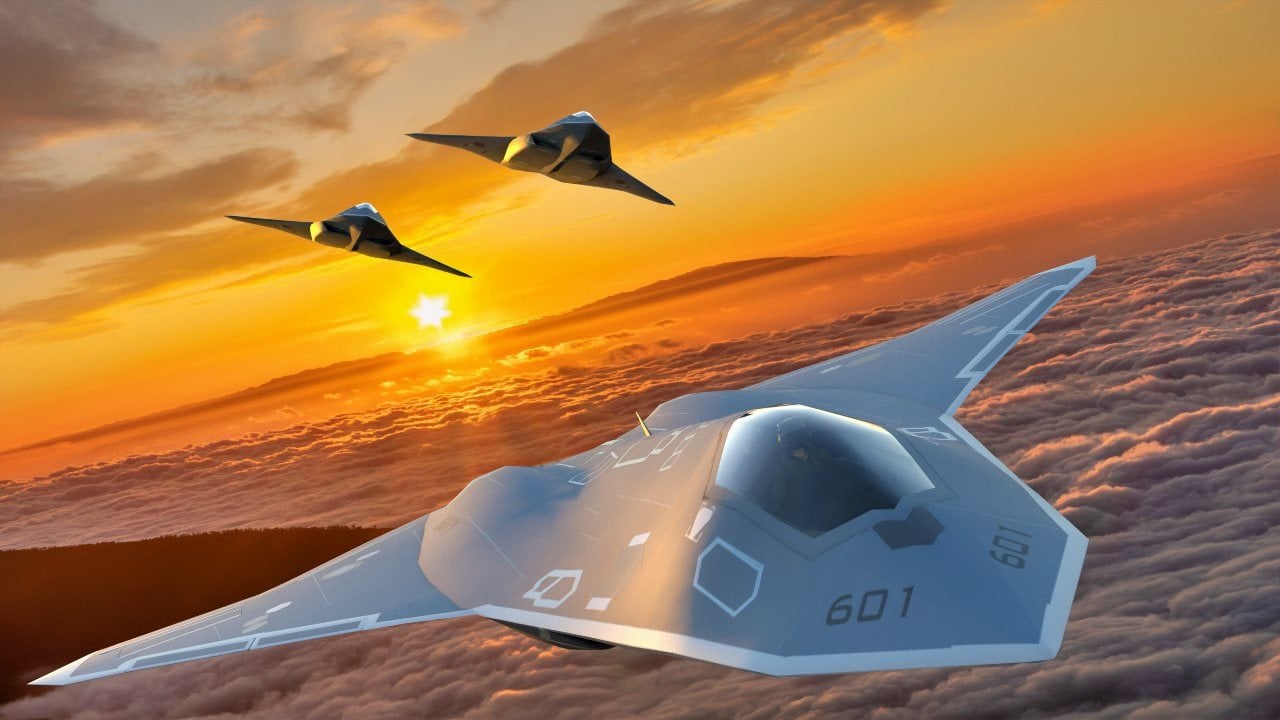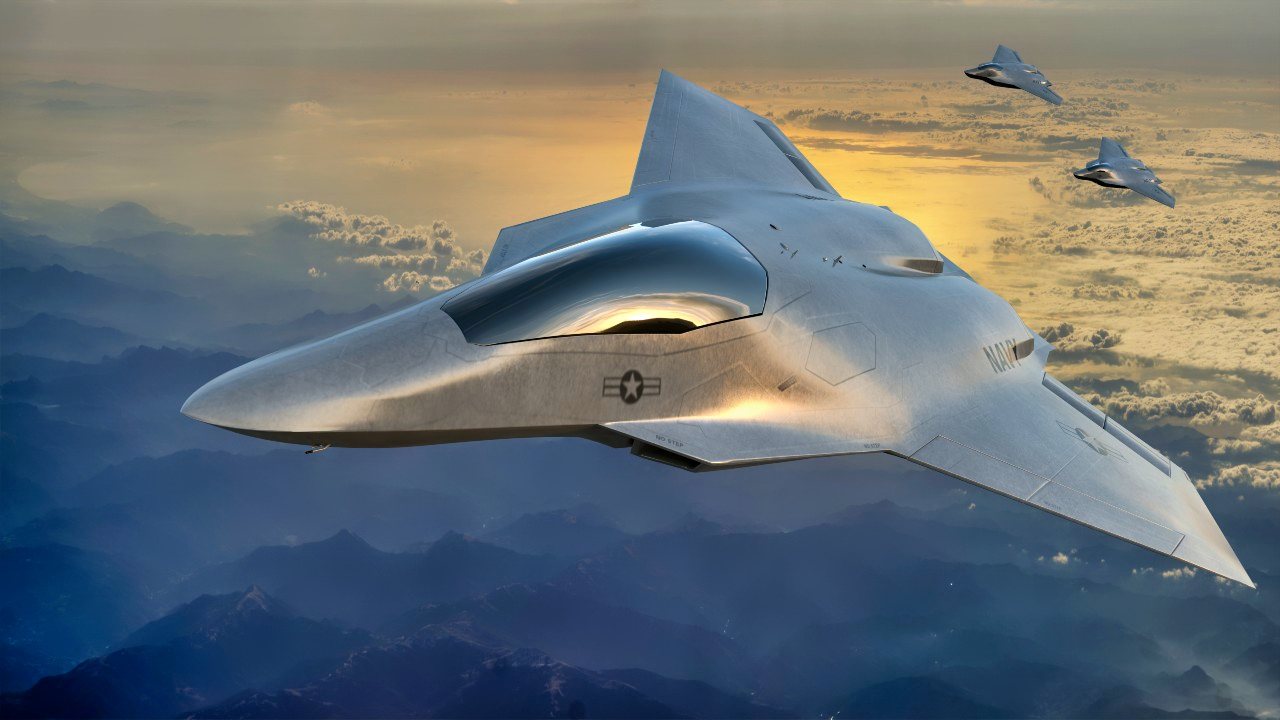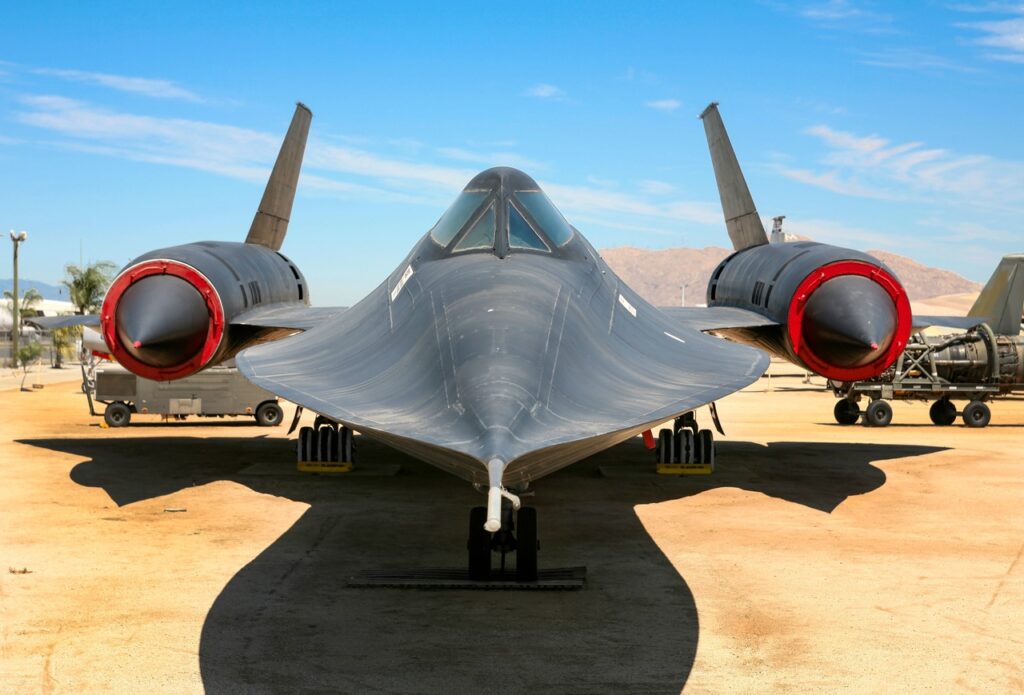
Next Generation Air Dominance: Will NGAD Be Worth the Massive Cost?
NGAD: Is It Going to Be Worth the Cost or A Mistake? The United States is renowned for its aerospace technology. No country on Earth has fielded the quality or quantity of military aircraft comparable to the US.
Always on the cutting edge, the US was the first to field a fifth-generation fighter, the first to mass produce a fifth-generation fighter, and the first and only to field a stealth bomber; the US has held speed and altitude records for over the better part of a century.
No one comes close. And now, the US is working to punch the envelope out further, to be the first to field a sixth-generation fighter – the Next Generation Air Dominance (NGAD).
But being the first and the best in aerospace development requires a remarkable expense.
The US is first and best because they invest sufficiently to be first and best.
For example, the fifth-generation F-35 Joint Strike Fighter is a $1.7 trillion program. Trillion.
The fifth-generation F-22 Raptor costs nearly $200 million per plane.
And the B-2 stealth bomber costs nearly $2 billion per plane.
The American taxpayer has doled out for the aerospace tech now in the inventory – but not without questions or controversy.
Naturally, something like a $1.7 trillion program like the F-35 will raise the suspicions of your citizenry.
And with a defense budget pushing toward one trillion dollars per year – nearly three times higher than the Chinese and ten times higher than the Russians – American taxpayers are generally on edge about where their money is being spent.
So, questions are starting to pop up about America’s next great aerospace expenditure, the NGAD. Is the prospective sixth-generation fighter worth it when few nations on Earth even possess a fifth-generation fighter?
NGAD Is the Cutting Edge
Fifth-generation technology, which only Russia, China, and America have fielded, includes stealth, internal weapons bays, advanced avionics, supercruise, thrust vectoring, data fusion, interconnectivity, and on the F-35, an advanced pilot helmet that costs $400,000 per unit and boosts the wearer’s situational awareness.
The US began developing fifth-generation technology towards the tail end of the Cold War, when military spending was as fashionable and acceptable as ever. The Reagan administration, feeling the pressure of the Soviet’s capable aerospace industry, began working to develop the F-22 Raptor in the mid-1980s. By the time the Raptor entered service in the late 1990s, the Soviet Union had collapsed, leaving the United States as a unipolar power and the F-22 as the world’s preeminent air superiority fighter developed a full generation ahead of anything remotely comparable.
But now, with the Russians fielding the Su-57 Felon and the Chinese fielding the J-20 Mighty Dragon, the Americans are once again feeling pressure to innovate and punch out the envelope further – to field the sixth generation of fighter technology.
The NGAD program began in 2014, and its development is still shrouded in secrecy. The expectation is that the NGAD will be an umbrella for a variety of platforms, one of which will be an air superiority platform equipped to replace the F-22 Raptor – which may seem counterintuitive given that the F-22 is still the world’s most impressive air superiority fighter. But the US has never been content to sit around and let other nations catch up, believing (rationally) that proactive development maintains a strategic and technological advantage.
The technology that will be proactively developed for the NGAD program is not yet clear; sixth-generation technology has not been defined. The entire thing is still just a concept – the only thing approaching a definition is this: sixth-generation technology will be more advanced than fifth-generation technology.
That’s vague and obvious, but it offers clues and gives us a baseline to make some assumptions. So, here are some assumptions about what sixth-generation technology will entail: advanced digital capabilities, human-systems integration, variable cycle engines, increased range stand-off and BVR weapons, and possibly even laser weapons.
You Get What You Pay for With NGAD?
Being the first to develop and field sixth-generation technology will not be cheap. In Fiscal year 2023, the Air Force allocated $1.66 billion to the NGAD program. That’ll be a drop in the bucket; another $11.6 billion is expected to be earmarked for the NGAD between FYs 2024 and 2027.

The cost of each airframe in the NGAD program is not yet clear, but Secretary of the Air Force Frank Kendall said that he expects each unit to cost “multiple hundreds of millions.” I believe him. So, is the NGAD worth it? Journalist Alex Hollings believes so, writing that “the truth is when comparing the NGAD’s projected cost to fighters like the Raptor, or even the venerable F-14 Tomcat…that sticker shock soon gives way to a sense that NGAD may actually be a pretty good deal, even at $300 per airframe.”
We’ll see if the taxpayers agree.
About the Author
Harrison Kass is a defense and national security writer with over 1,000 total pieces on issues involving global affairs. An attorney, pilot, guitarist, and minor pro hockey player, Harrison joined the US Air Force as a Pilot Trainee but was medically discharged. Harrison holds a BA from Lake Forest College, a JD from the University of Oregon, and an MA from New York University. Harrison listens to Dokken.
All images are Shutterstock.


